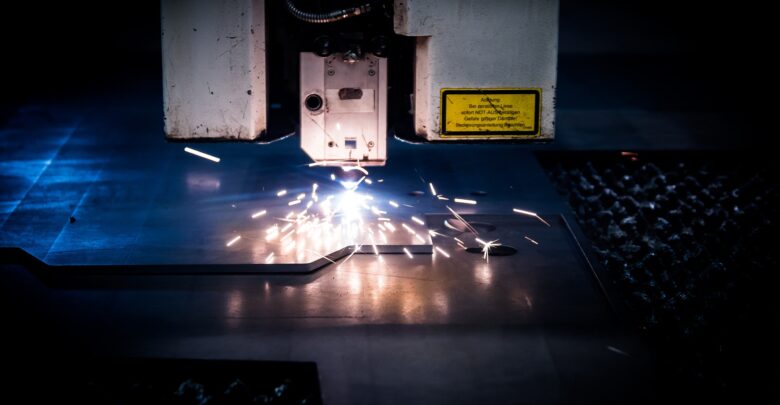What to Consider When Using a Laser to Mark Metal

Laser engraving different metals with logos, serial numbers, and barcodes is extremely popular for marking items using both fiber laser and CO2 systems. Thanks to the long life of the operation, the lack of needed maintenance, and the low cost, fiber lasers are a smart option for all types of industrial marking applications. This type of laser can produce a permanent, high-contrast mark that doesn’t impact the integrity of the part being engraved.
When using a CO2 laser for marking bare metal, a special paste or spray will be used for treating it before the engraving, which someone can learn more from Boss Laser about it. The heat created by the CO2 laser will bond the marking agent to the metal, which creates the permanent mark. Affordable and fast, CO2 lasers will also effectively mark other material types, including natural stone, acrylics, wood, and more.
Laser Differences
Since different types of lasers will react in unique ways with different types of metal, there are a few considerations a user needs to keep in mind. More time is necessary to mark metals using a CO2 laser, for example, because of the need for coating or a pre-treatment using a metal marking agent. Also, the laser should be run at a lower speed and higher power configuration to ensure the marking agent is properly bonded with the metal. Sometimes users will find they can wipe the mark off after it is lasered in place, which is an indication the piece needs to be run again, but at a higher power setting and lower speed.
The biggest benefit offered by metal marking using a CO2 laser is that the mark is created on top of the metal. No material is removed, which means there is no impact on the tolerance or strength of the metal. It is also important to note that certain coated metals, such as painted brass or anodized aluminium, don’t require any type of pre-treatment.
If bare metals are being used, a fiber laser should be used. Fiber lasers are perfect for marking all types of nickel-plated, copper, brass, and aluminium metals, along with stainless steel and others. They can also be used on polycarbonates, PEEK, and ABS.
There are some materials, though, that are more difficult to mark with the laser wavelength created by the device. For example, if something is transparent, the beam may mark through it onto the engraving table.
Metal Considerations
When the laser’s focus, frequency, power, and speed are adjusted, it is possible to mark on stainless steel in many ways. For example, it is possible to polish, etch, or anneal. When using anodized aluminium, fiber laser marking can create a higher brightness than CO2 lasers. At a bare minimum, there is less contrast, with fiber lasers creating different shades of grey rather than black.
When it comes to using a laser cutter for marking on metal, there are more than a few factors to consider. Keep this in mind to ensure the desired results are achieved.
